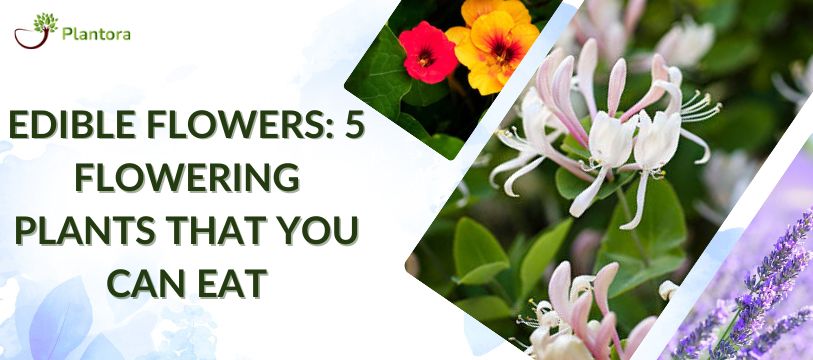Carnivorous Plant Care: A Complete Guide
Carnivorous plants are some of the most fascinating ones you can grow since they have beautiful botanicals mixed with a hint of the wild. These plants have evolved to consume insects and other small invertebrates as part of their diet to live in low-nutrient settings.
Whether you're lured to the snap of a Venus flytrap or the charm of a Sundew, carnivorous plants are a pleasant experience that brings a little bit of nature's drama into your home. These plants seem intimidating, but they are rather simple to take care of once you know what they need.
We will provide you with all the knowledge you need today to cultivate these incredible examples of nature and take care of carnivorous plants.
How To Care For Carnivorous Plants
Soil
These plants require low-nutrient, acidic soil. Perlite and sphagnum peat moss combined without any fertilizers is the ideal composition. Regular potting soil should be avoided for better carnivorous plant maintenance as it is excessively nutrient-rich and can harm your plant. Choose a pot with adequate drainage to prevent waterlogging.
Light
Carnivorous plants thrive in bright light. Most plants would rather have four to six hours of direct sunlight each day. In addition to providing better care for carnivorous plants, you may want to consider using a grow light if natural light is scarce in your location. Plants should be put on a sunny windowsill or under artificial lighting designed for plant growth.
Watering
Watering is a crucial component of maintaining carnivorous plants. Use only distilled water, rainwater, or reverse osmosis water; tap water contains minerals that could be dangerous. Consider using a tray system to regulate humidity around the plant and keep the soil consistently moist but not waterlogged.
Temperature And Humidity
Most carnivorous plants prefer temperatures between 70 and 90°F (21-32°C). However, other species, such as Nepenthes, require more humidity, which can be achieved by keeping the plant in a terrarium or by using a humidifier.
Feeding
One of the most interesting aspects of growing carnivorous plants is feeding them. These plants mostly eat insects because they provide the minerals that the soil is deficient in. For example, Venus flytraps can eat flies, tiny spiders, and other insects. Fruit flies and other smaller prey can be captured by butterworts and sundews.
Depending on the size and variety of the plant, give your plants live insects once or twice a week. Human food could cause the traps to break down, therefore it's best to avoid feeding them. Insects are hard to come by while cultivating plants indoors, but pet stores sell dried insects and rehydrated bloodworms.
To Know More About Carnivorous Plants and How You Can Care for Them Continue Reading Here - https://plantora.app/blog/carnivorous-plant-care/

Comments
Post a Comment